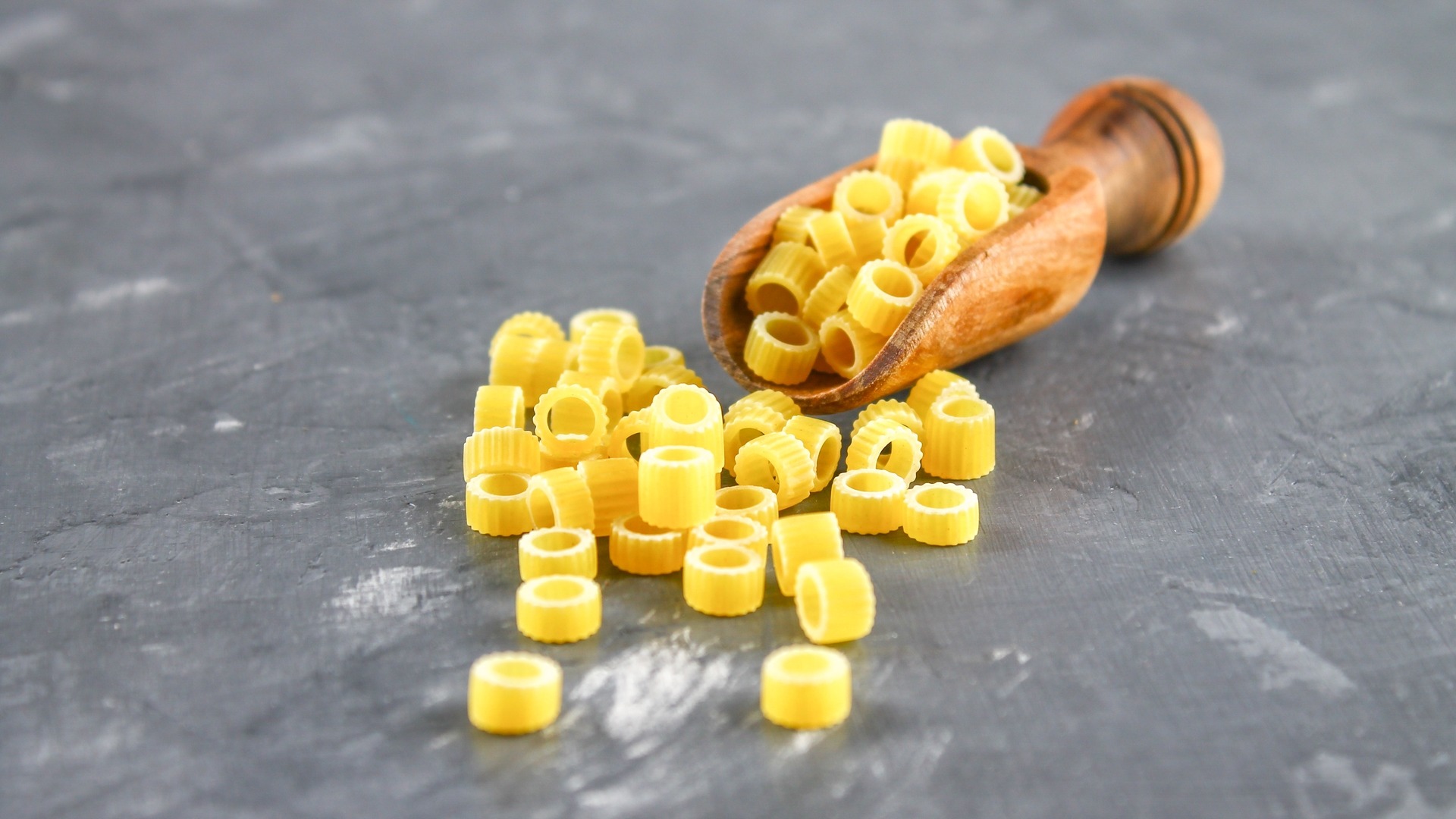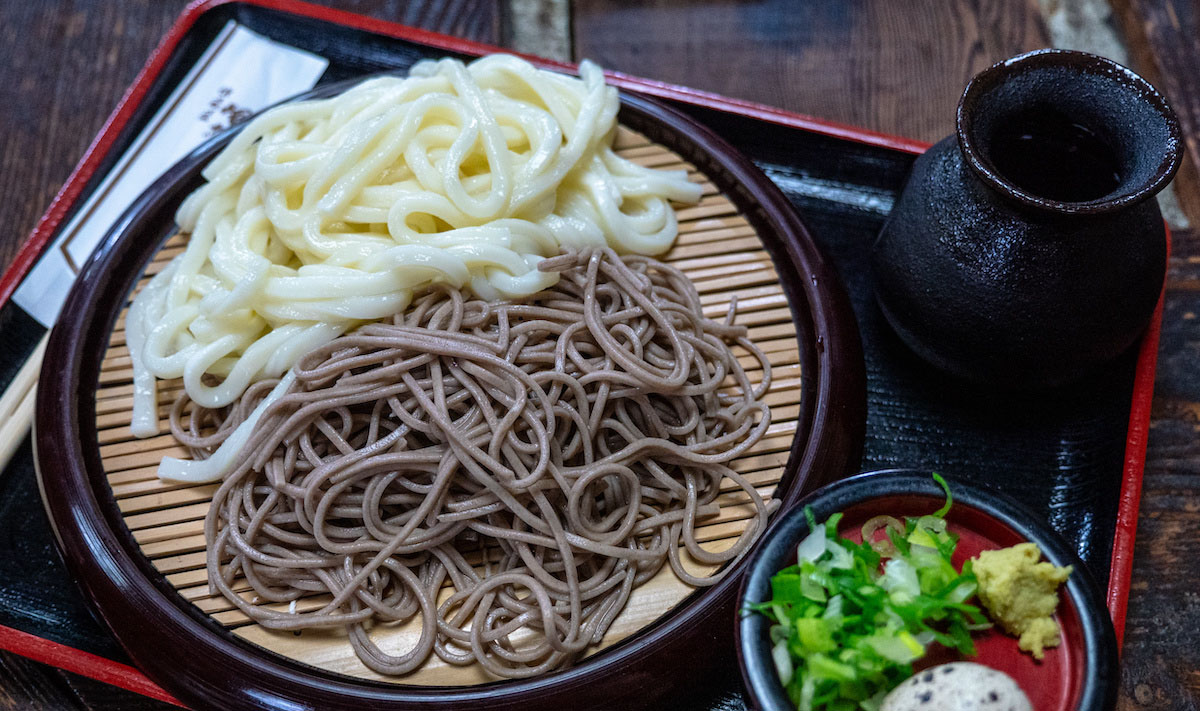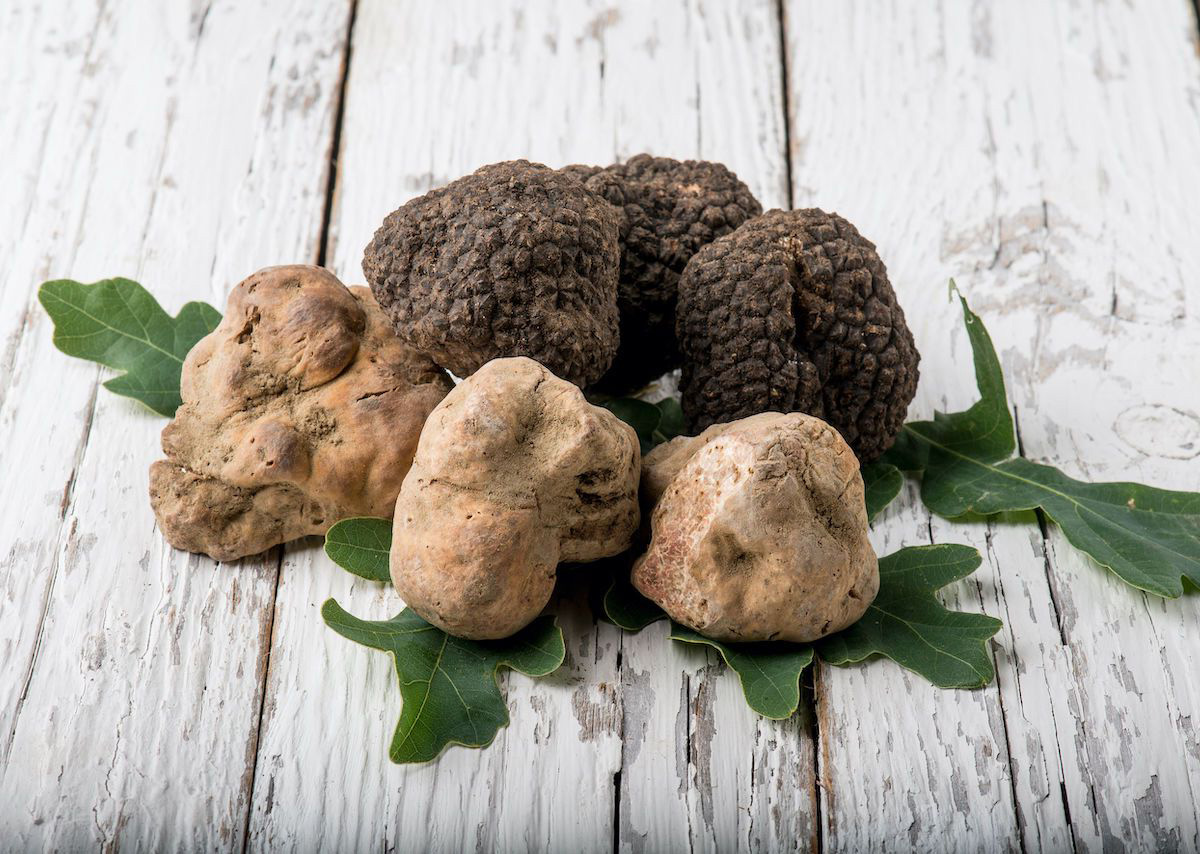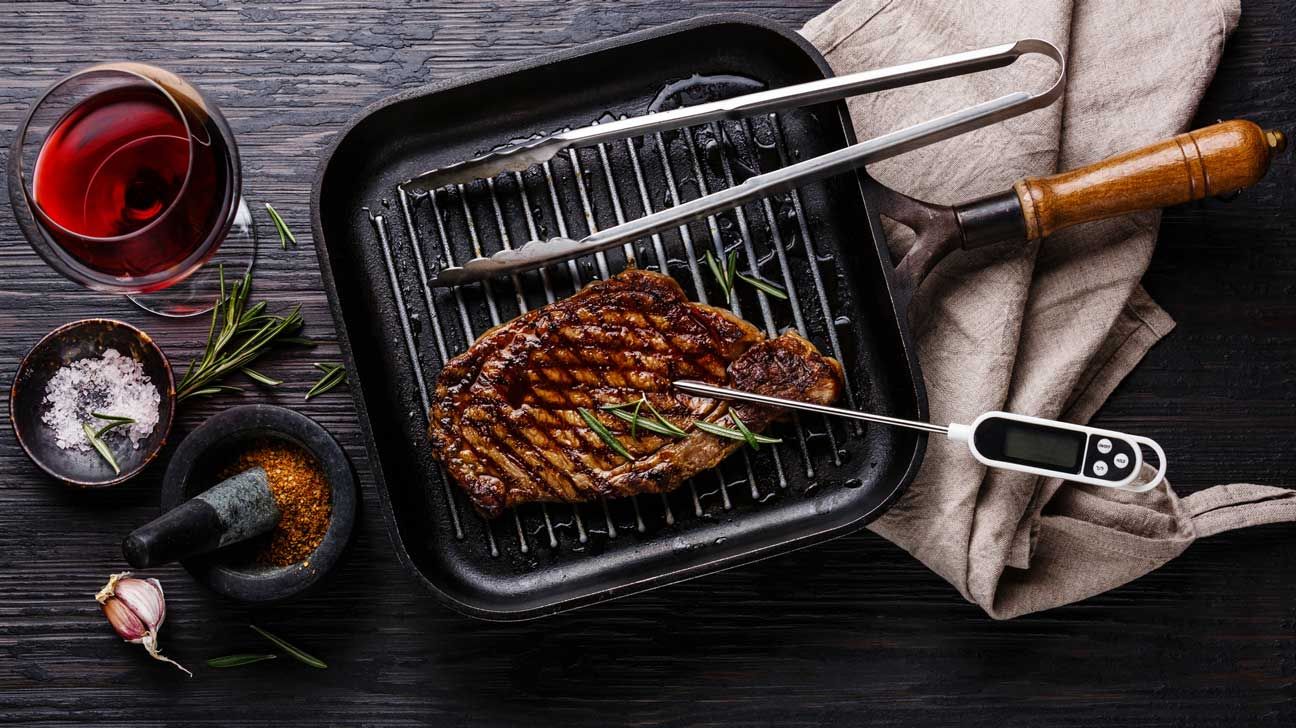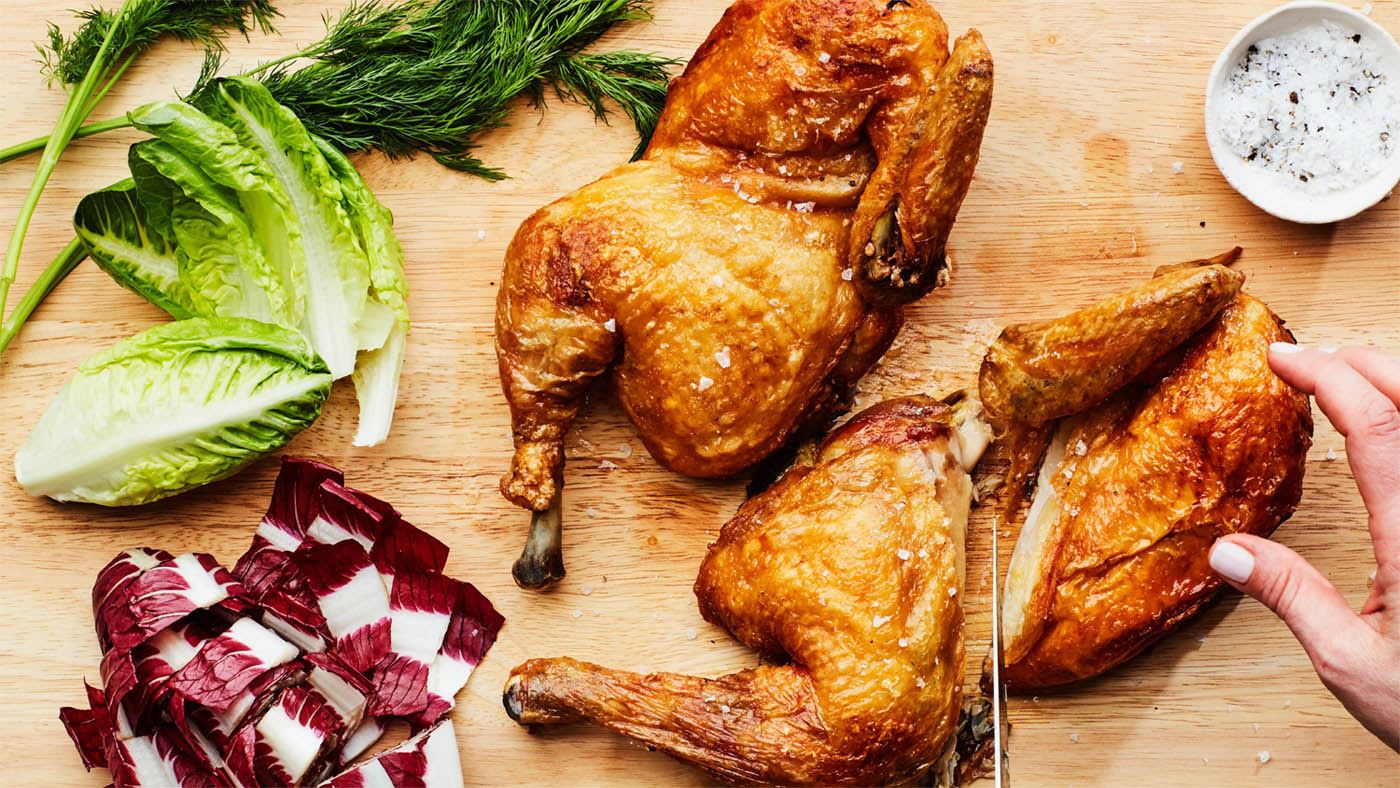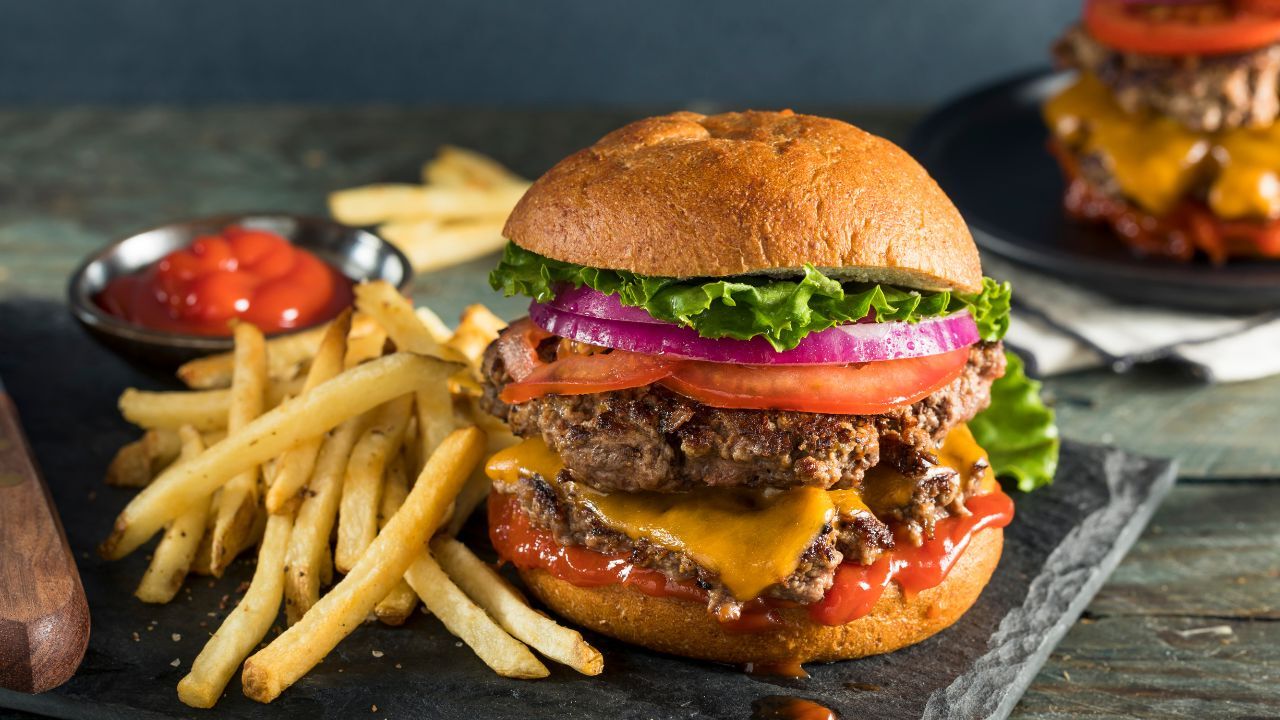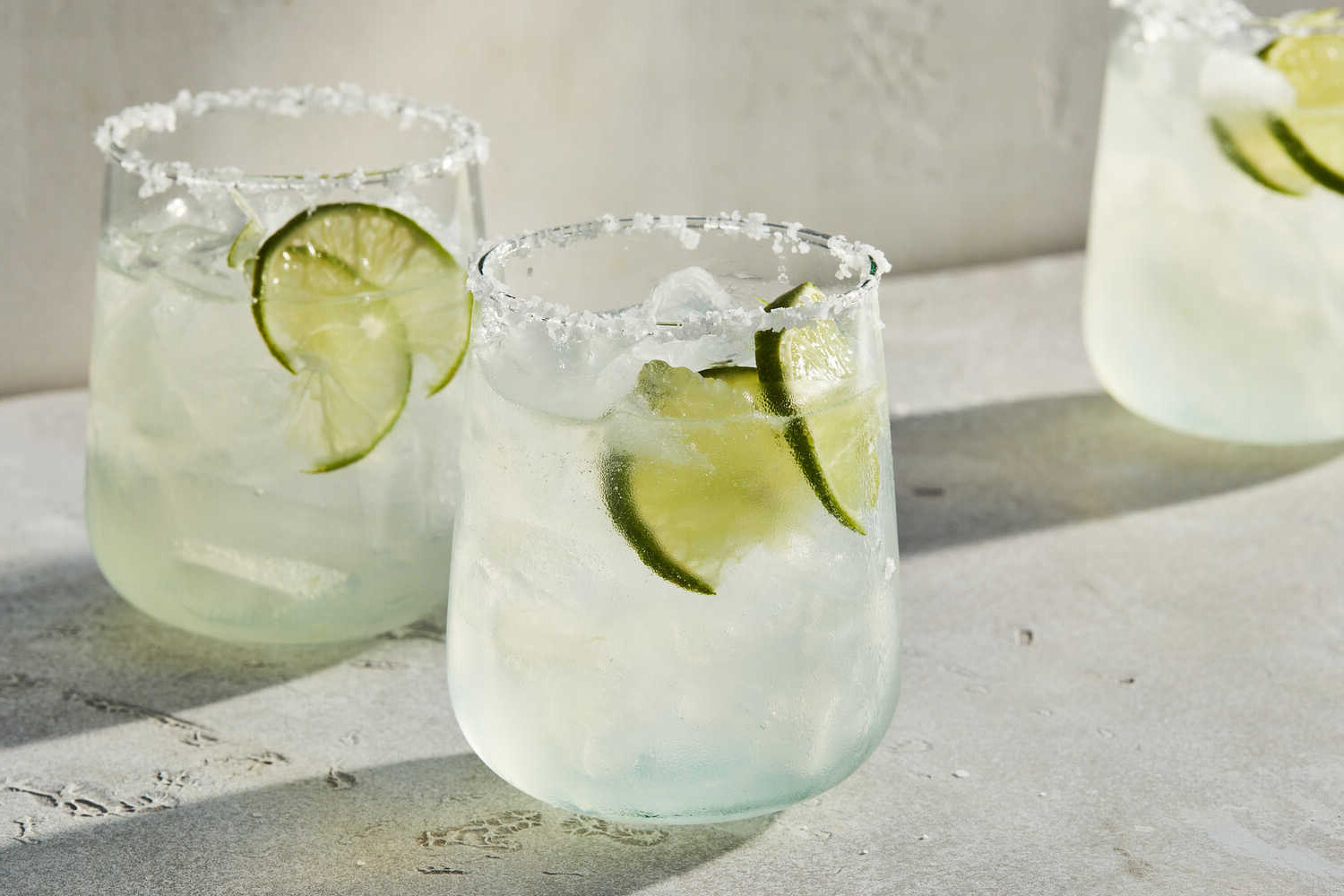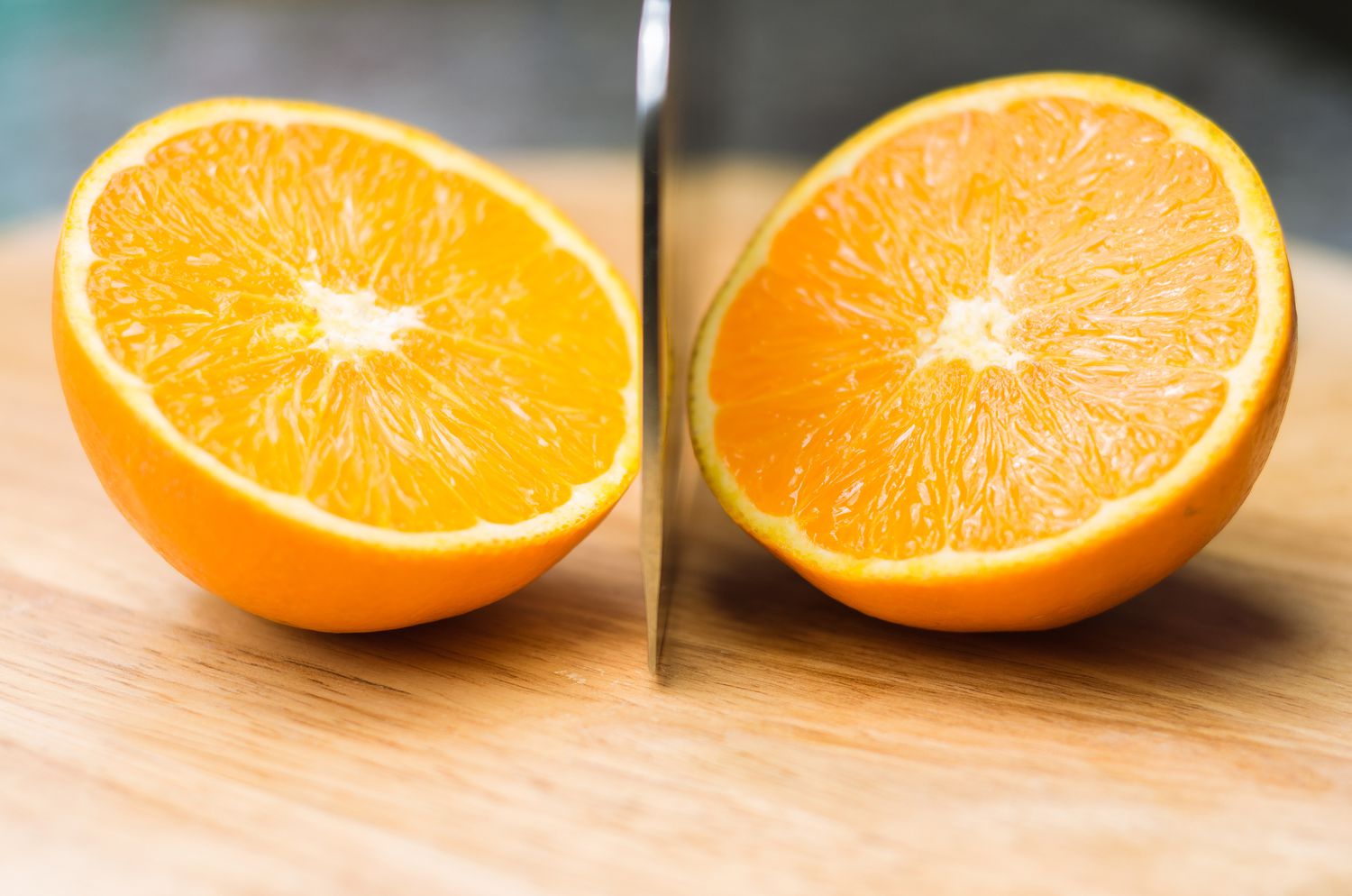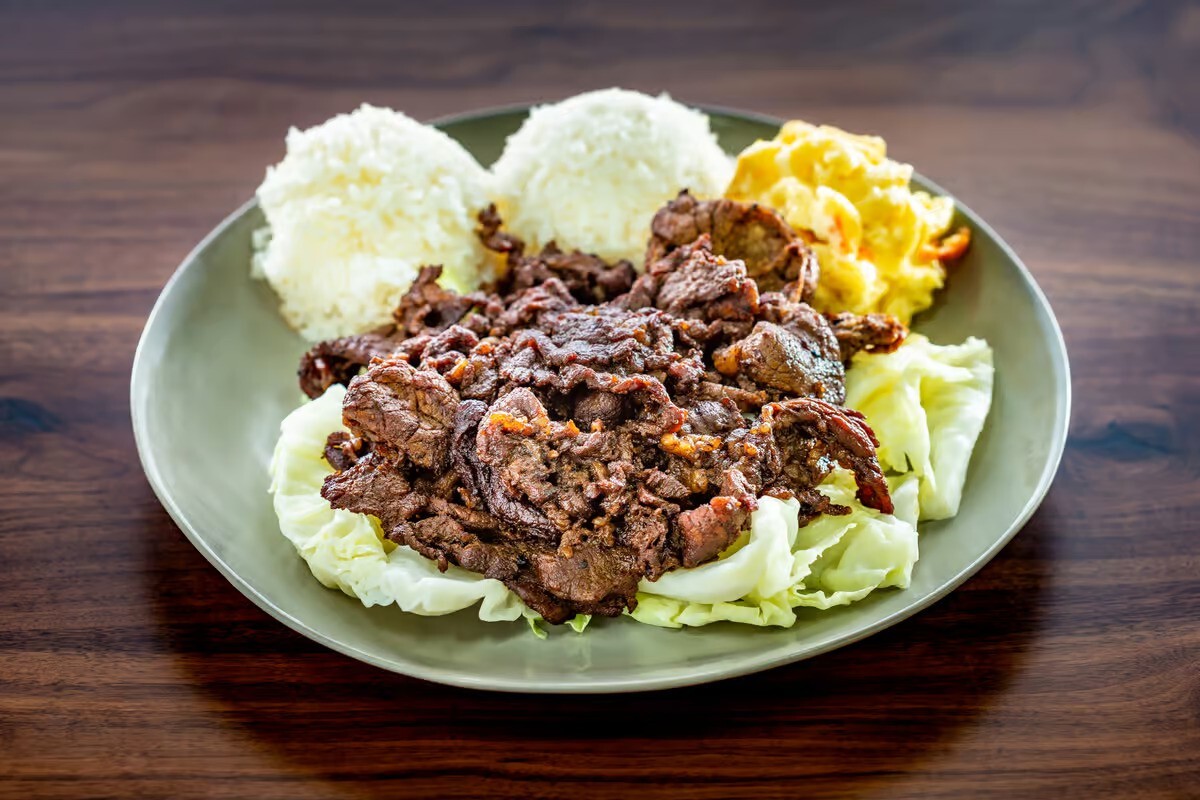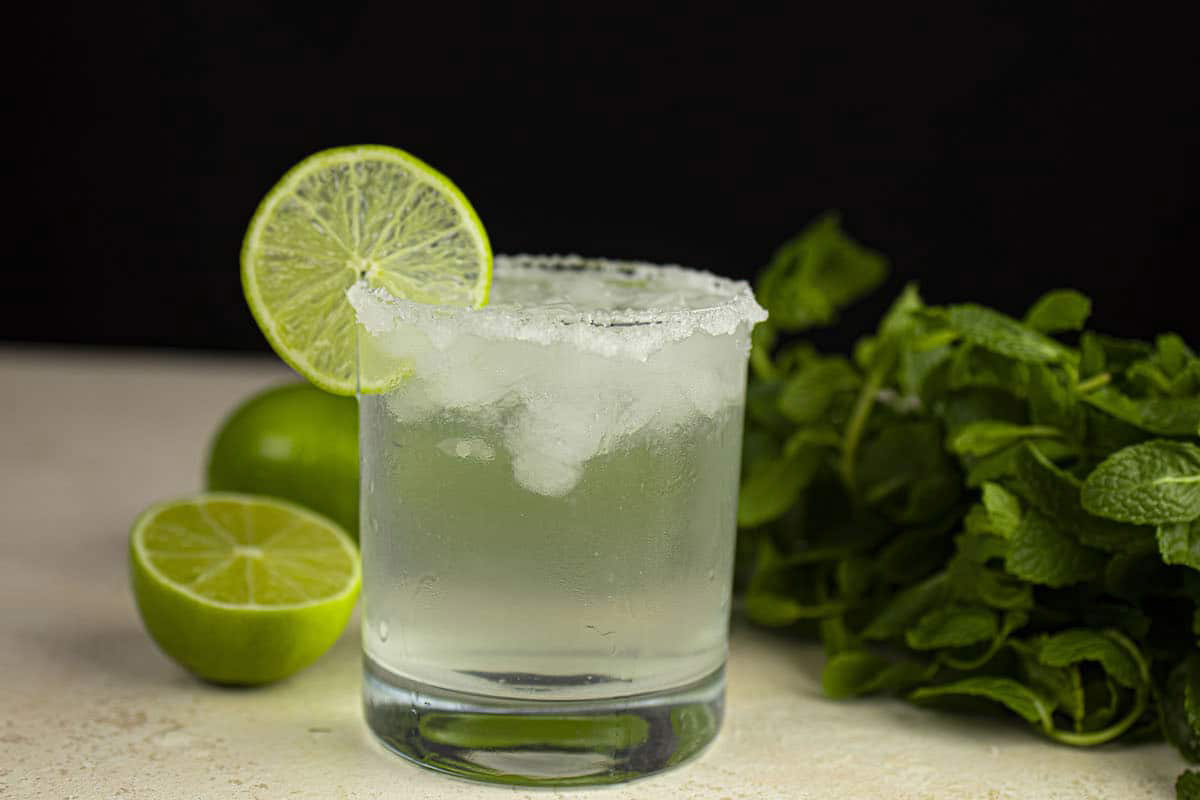Discovering the Delightful World of Injera Bread
Have you ever heard of Injera bread? If not, you’re in for a treat! Injera is a unique and delicious type of bread that hails from the East African region. It is a staple in countries like Ethiopia, Eritrea, and Somalia, and is an integral part of the local cuisine.
What Makes Injera Bread Special?
Injera bread is unlike any other bread you may have tried. It has a spongy texture with a slightly sour taste, making it a versatile and flavorful addition to any meal. What sets Injera apart is its unique preparation method and the key ingredient used in its making.
The Key Ingredients
Injera bread is primarily made from teff flour, which is a gluten-free ancient grain native to the region. Teff flour is mixed with water and allowed to ferment for a few days, giving the bread its characteristic tangy flavor. This fermentation process also contributes to the formation of bubbles on the surface of the bread, creating its signature spongy texture.
How Injera Bread is Enjoyed
Injera bread is not just a side dish; it often serves as the base and utensil for many traditional East African meals. Here are some popular ways in which Injera is enjoyed:
- Scooping up stews and curries: Injera is commonly used to scoop up flavorful stews, curries, and saucy dishes. Its spongy texture makes it perfect for soaking up the delicious sauces and juices.
- As a serving platter: Injera is often used as a base on which various dishes are served. The bread’s large, round shape provides an ideal canvas for presenting an assortment of foods.
- Injera rolls: In some instances, Injera is rolled up and filled with a variety of ingredients, similar to a wrap or a sandwich.
The Cultural Significance of Injera Bread
Injera bread holds significant cultural importance in the East African countries where it is consumed. It is often shared among family and friends, symbolizing unity and togetherness. Injera-making is also a communal activity, with the process of fermenting, cooking, and sharing the bread bringing people together.
Health Benefits of Injera Bread
Aside from its delicious taste and cultural significance, Injera bread also offers several health benefits:
- Gluten-free: As it is made from teff flour, Injera is naturally gluten-free, making it a suitable option for individuals with gluten sensitivities or celiac disease.
- Rich in nutrients: Teff flour is packed with essential nutrients, including iron, calcium, and fiber, making Injera a nutritious choice.
- Probiotic properties: The fermentation process involved in making Injera results in the development of beneficial bacteria, similar to those found in yogurt and other fermented foods.
Conclusion
Injera bread is not just a culinary delight; it is a symbol of tradition, togetherness, and nourishment in East African cultures. Its unique taste, texture, and versatility make it a beloved staple in the region and a delightful discovery for those who have the opportunity to try it. Whether enjoyed with savory stews or as a part of a communal meal, Injera bread offers a truly special dining experience.
Was this page helpful?
Read Next: What Is Drunken Grandma Pizza

